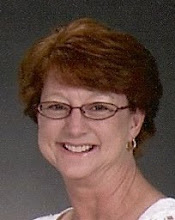UDL and Differentiated Instruction Reflection
This course, Reaching and Engaging All Learners through Technology, has shown me the importance of determining what motivates and engages students through the use of surveys revealing a student’s interests, learning styles, intelligence preferences and learning profiles. By using this information, I can determine my student’s academic strengths and weaknesses thereby adapting the classroom learning environment to help students succeed and overcome learning difficulties that may contribute to less than optimal learning outcomes (Tomlinson, 2009).
The helpful resources and feedback that I received from other classmates through the discussions from the Differential Station site has been extremely beneficial to me as well as time saving and insightful. I plan to thoroughly review, adapt and then implement their resources and suggestions as strategies for curriculum development in my classroom.
As a result of taking this class, I plan to make immediate modifications to future lessons and my classroom learning environment. These modifications include steps to implement differentiated instruction using technology and different types of assessment in order to assure optimal success for students. I also see that it is important to engage, administrators, colleagues and parents about classroom practices that incorporate Universal Design of Learning (UDL) and Differentiated Instruction (DI). Inclusion of all parties, including students, will further enhance and assure the success of my students in the classroom.
Tomlinson, C. (2009). Learning profiles and achievement. School Administrator, 66(2), 28–33. Retrieved from Academic Search Premier database.
Final Reflection – 6715 Sanders D.
15 years ago
